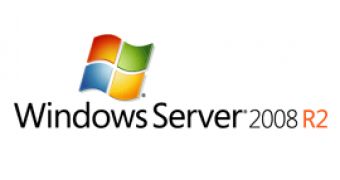Microsoft is allowing customers to easily get an insight into the features that mark the evolution from Windows Server 2008 to Windows Server 2008 R2. Of course, the company has documented all aspects of its Windows 7 Server, but fact of the matter is that some users might be discouraged when confronted with thousands of pages of documentation. However, the Redmond company has produced a visual reference designed to streamline the understanding of key technologies specific to Windows Server 2008 R2. In this regard, the Windows Server 2008 R2 Feature Components Poster is now available for download.
According to Microsoft, the resource “focuses on Active Directory Domain Services, Hyper-V, Internet Information Services, Remote Desktop Services (including Virtual Desktop Infrastructure (VDI)), BranchCache, and DirectAccess technologies. In addition, updates to core file services and server management are illustrated.”
The latest version of the Feature Components Poster is nothing more than the evolution of this resource, which was initially made available for the plain vanilla version of Windows Server 2008. Microsoft released Windows Server 2008 R2 to manufacturing concomitantly with Windows 7 on July 22nd 2009, but offered it to customers much sooner. The promise from the software giant is that Windows Server 2008 R2 is much more than a simple Release 2. However, despite this, Windows Server 2008 R2 is still considered a minor version of Windows Server, with the next major variant reportedly planned for 2012.
“With Windows Server 2008 you can develop, deliver, and manage rich user experiences and applications, help provide a highly secure network infrastructure, and increase technological efficiency and value within your organization. Windows Server 2008 builds on the success and strengths of its Windows Server predecessors while delivering valuable new functionality and powerful improvements to the base operating system. New Web tools, virtualization technologies, security enhancements, and management utilities help save time, reduce costs, and provide a solid foundation for your information technology (IT) infrastructure,” Microsoft explained.

 14 DAY TRIAL //
14 DAY TRIAL //